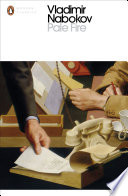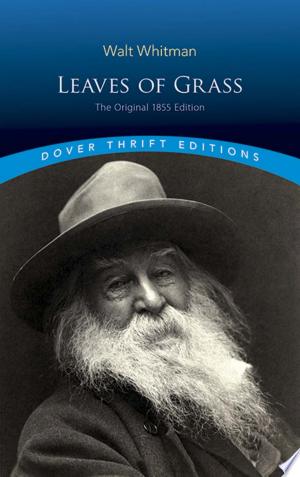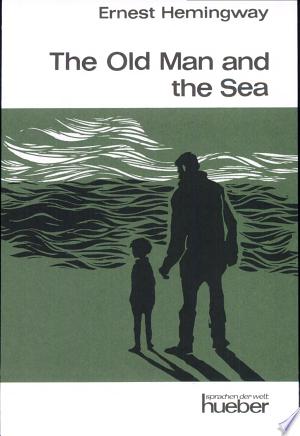
Estimated read time: 5 min read
One Sentence Summary
A poet's posthumous work sparks a maddening and labyrinthine literary analysis.
Table of Contents
Pale Fire Book Summary: A Mind-Bending Literary Puzzle
Introduction
Pale Fire, written by Vladimir Nabokov, is a postmodern novel that challenges conventional narrative structures and invites readers on a complex and intriguing literary journey. Published in 1962, this novel showcases Nabokov's exceptional writing style, intricate wordplay, and mastery of storytelling. Pale Fire has since become a classic of 20th-century literature, captivating readers with its inventive narrative structure and thought-provoking themes.
Brief Synopsis: Plot and Setting
Set in the idyllic college town of New Wye, the story of Pale Fire unfolds through a combination of poetry, commentary, and an unreliable narrator. The novel centers around a long poem written by the fictional poet John Shade, titled "Pale Fire." The poem is divided into four cantos and explores Shade's personal reflections, philosophical musings, and memories.
However, the narrative takes a twist when Charles Kinbote, Shade's neighbor and a self-proclaimed scholar, presents a lengthy commentary on Shade's poem. Kinbote's commentary transforms the novel into a complex and multi-layered puzzle, blurring the lines between reality, fiction, and delusion. As readers navigate through Kinbote's commentary, they become entangled in a web of unreliable narration and conflicting interpretations.
The setting of Pale Fire prominently features the fictional country of Zembla, which Kinbote claims to be his homeland. As the story unfolds, Kinbote weaves a captivating tale of political unrest, assassination attempts, and his role as the exiled king of Zembla. Nabokov ingeniously blurs the boundaries between Shade's poem, Kinbote's commentary, and the fictional world of Zembla, creating a narrative that demands careful navigation and interpretation.
Main Characters: A Glimpse into Complex Personalities
| Character | Description |
|---|---|
| John Shade | Poet and author of the poem "Pale Fire." Shade's introspective and philosophical musings form the backbone of the novel. |
| Charles Kinbote | Shade's eccentric neighbor and the commentator of the poem. Kinbote claims to be the exiled king of Zembla and intertwines his own story with Shade's poem. His unreliability and delusional tendencies add layers of complexity to the narrative. |
| Sybil Shade | John Shade's wife, who plays a minor role in the story but contributes to the exploration of identity and relationships. |
| Gradus | A Zemblan assassin who pursues Kinbote throughout the novel. His plotline intersects with Kinbote's fictional world, adding suspense and intrigue to the story. |
Themes and Insights: Exploring Reality and Identity
Pale Fire delves into several thought-provoking themes, challenging readers to question the nature of reality, the construction of identity, and the complexities of interpretation. Here are some key themes in the novel:
1. Unreliable Narration: Through Kinbote's commentary, Nabokov explores the concept of unreliable narration. Kinbote's distorted perceptions, fabricated narratives, and delusions invite readers to question the authenticity and accuracy of any given narrative.
2. Identity and Self-Invention: Kinbote's elaborate claims of being the exiled king of Zembla highlight the theme of self-invention and the construction of identity. The novel invites readers to explore the fluidity and complexity of personal identity and the influence of imagination on one's sense of self.
3. Art and Interpretation: Pale Fire engages with the concept of interpretation and the subjective nature of art. Readers are encouraged to consider the multiple ways in which a work of art can be interpreted and the role of the reader in constructing meaning.
4. Metafiction and Playfulness: Nabokov's playful and self-reflexive writing style showcases the theme of metafiction. Through intricate wordplay, allusions, and literary traps, Pale Fire invites readers to actively engage with the text and participate in the process of unraveling its complexities.
Reader's Takeaway: A Puzzle to Be Explored
Reading Pale Fire is a unique and intellectually stimulating experience, offering a labyrinth of interpretations and possibilities. It challenges readers to embrace ambiguity, unravel hidden connections, and actively engage in deciphering the novel's intricate structure.
This postmodern masterpiece demands close attention to detail, as the narrative switches between Shade's poem and Kinbote's commentary, blurring the boundaries between truth and fiction. The novel encourages readers to question the reliability of storytelling and explore the fluidity of identity and interpretation.
Pale Fire's intricate wordplay and complex narrative structure may be perplexing at times, but for those who enjoy literary puzzles and appreciate the beauty of Nabokov's prose, it is a rewarding and unforgettable reading experience. As readers navigate through the novel's multiple layers, they are left with a sense of wonder, awe, and intellectual fulfillment.
Conclusion
Pale Fire, Vladimir Nabokov's postmodern masterpiece, challenges conventional storytelling and immerses readers in a mind-bending literary puzzle. Through an unconventional narrative structure, the novel blends poetry, commentary, and the blurring of fiction and reality. Pale Fire invites readers to question the nature of reality, explore the complexities of identity, and engage in the interpretation of art.
Navigating the intricate web of Pale Fire requires an active and attentive reader, willing to unravel the novel's multiple layers of meaning. Nabokov's playful and thought-provoking exploration of unreliable narration, identity construction, and the subjective nature of interpretation leaves readers captivated, inspired, and longing for more.
Pale Fire FAQ
What is 'Pale Fire' about?
Who is the author of 'Pale Fire'?
Is 'Pale Fire' a poem or a novel?
What are some major themes explored in 'Pale Fire'?
What is the significance of the title 'Pale Fire'?
Is 'Pale Fire' a challenging read?
Has 'Pale Fire' won any awards?




